Based in
USA
Photographed in
USA
Based on the historical archive Black Wide-Awake (documents of genealogical and historical interest of Wilson County, North Carolina’s African-American past curated by Lisa Y. Henderson) Chilluns’ Croon investigates themes of slavery, absence, remembrance, spirituality, mortality and morality of African American families from Wilson, NC.
Reflecting on old transcripts from the Federal Writers Project – told by African former slaves, the symbolic series is a compilation of photographs that resembled old spiritual beliefs and stories of love and loss from the time of slavery. A modern crumbling landscape where new generations from families of freed slaves keep fighting for equality and awareness.
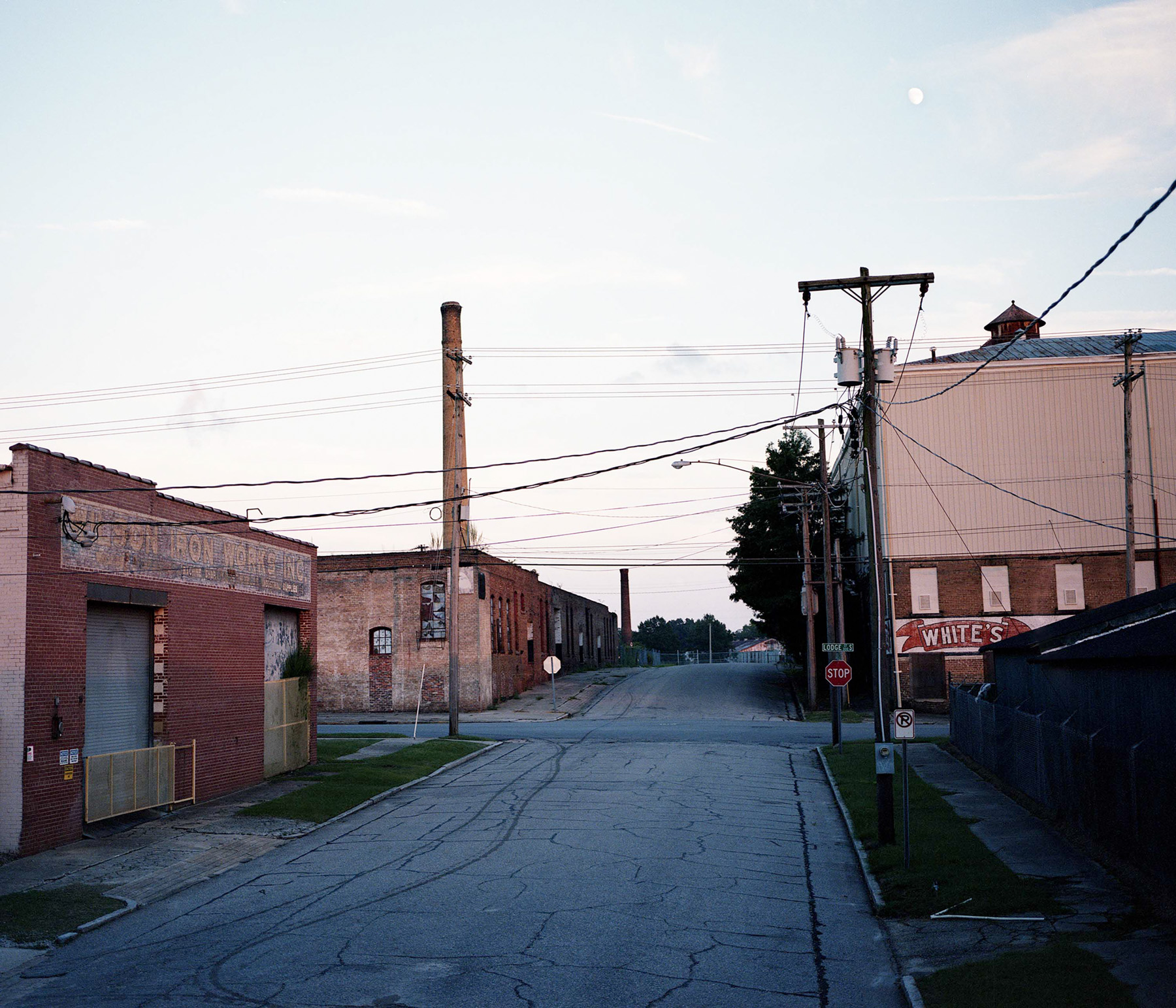
Old tobacco sweatshops.
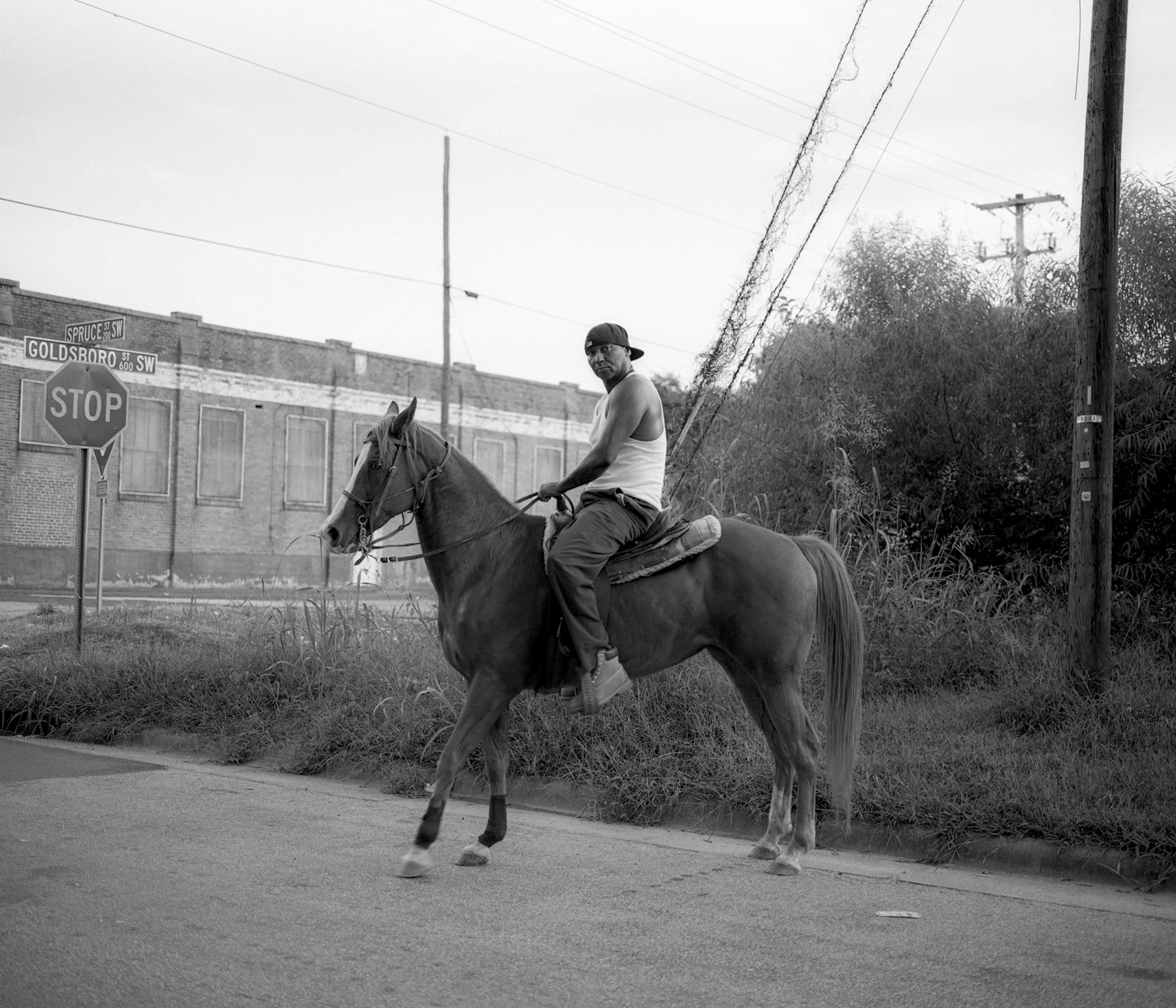
Former slaves and children of slaves who were responsible for caring for horses on plantations and farms were not allowed to ride them, given that horse riding was a symbol of power.
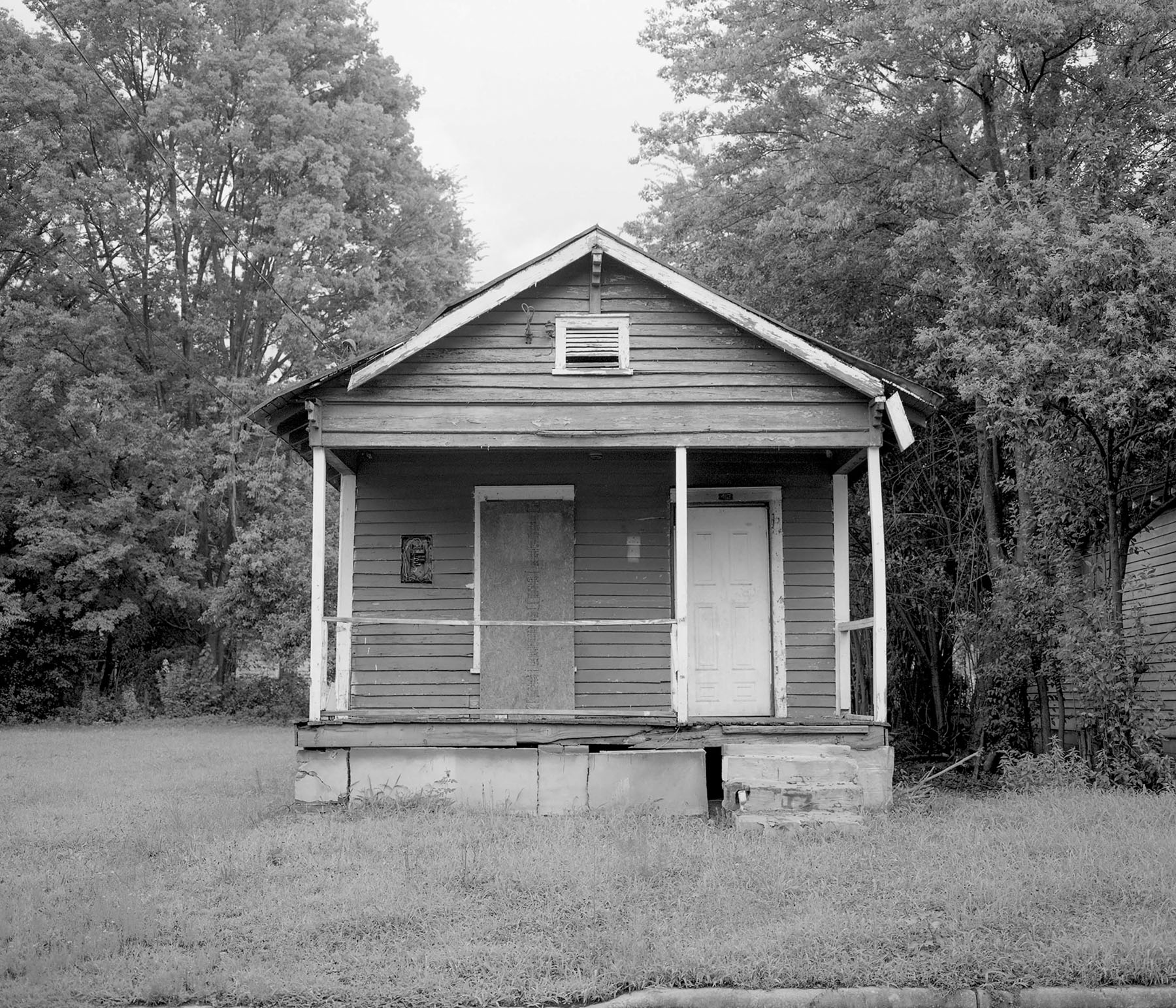
Shotgun house on Maury street was likely built in the late 1920s to house tobacco factories and mill labourers. As described in the nomination form for the East Wilson Historic District: “ca. 1922; 1 story; shotgun with hip-roofed porch and gable returns.” Maury Street is outside the East Wilson Historic District. It is one of a cluster of narrow streets squeezed between the railroad and what was once an industrial area crowded with a stemmery, cotton oil and fertiliser mills.
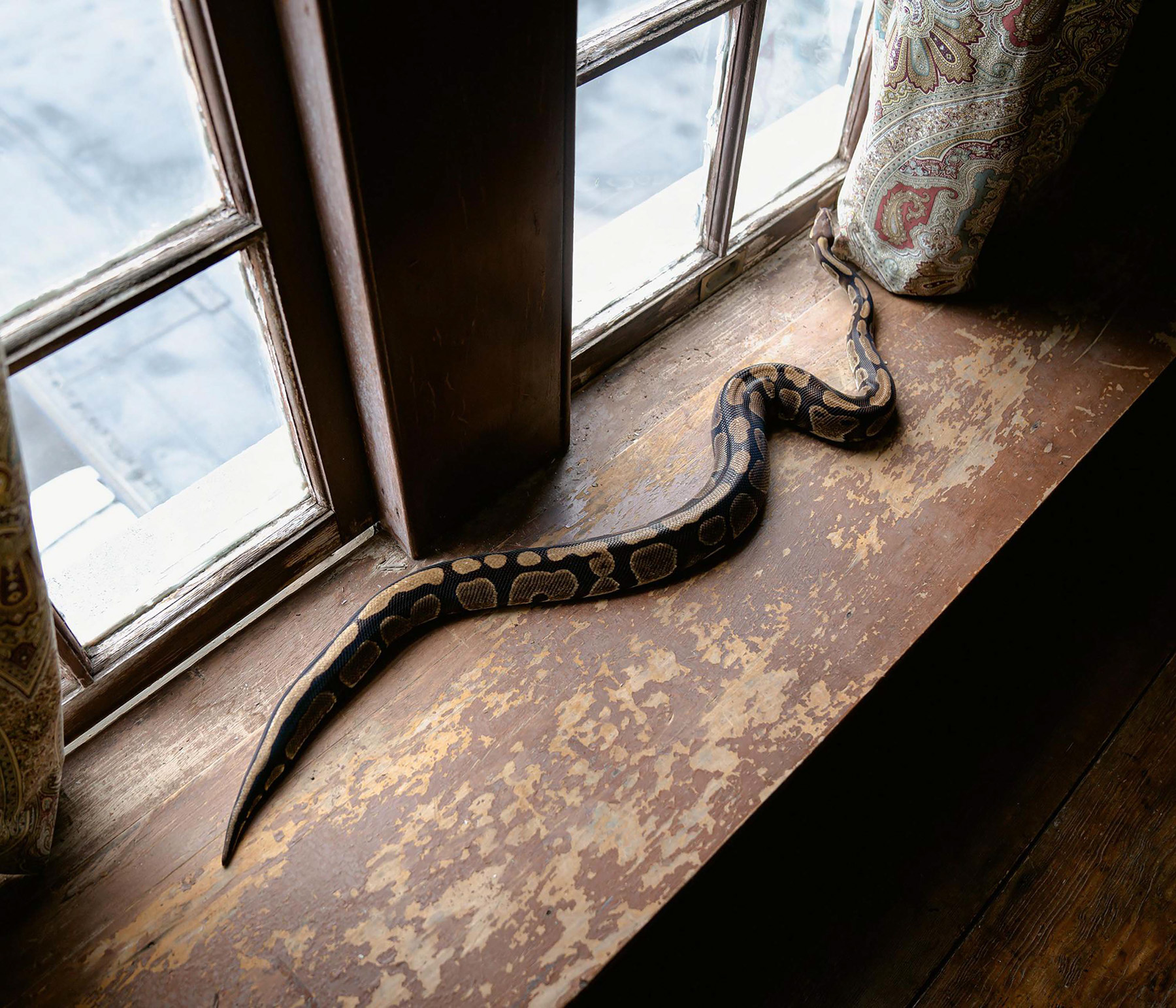
Many beliefs in supernatural beings arrived with the Africans who landed in Charleston and were dispersed to Carolina and Georgia plantations. The rich folklore that makes the south a special place began deep in the hoard of African cosmology. This symbolic photo is to tell a short story – fragment of an interview transcript featured in Nancy Rhynes’ book “Slaves Ghost Stories.” This book compiles a selection of ghost stories extracted from WPA Slave Narratives – which are interviews with ex-slaves conducted from 1936 through 1938 by the Federal Writers’ Project (FWP), a unit of the Works Progress Administration (WPA).
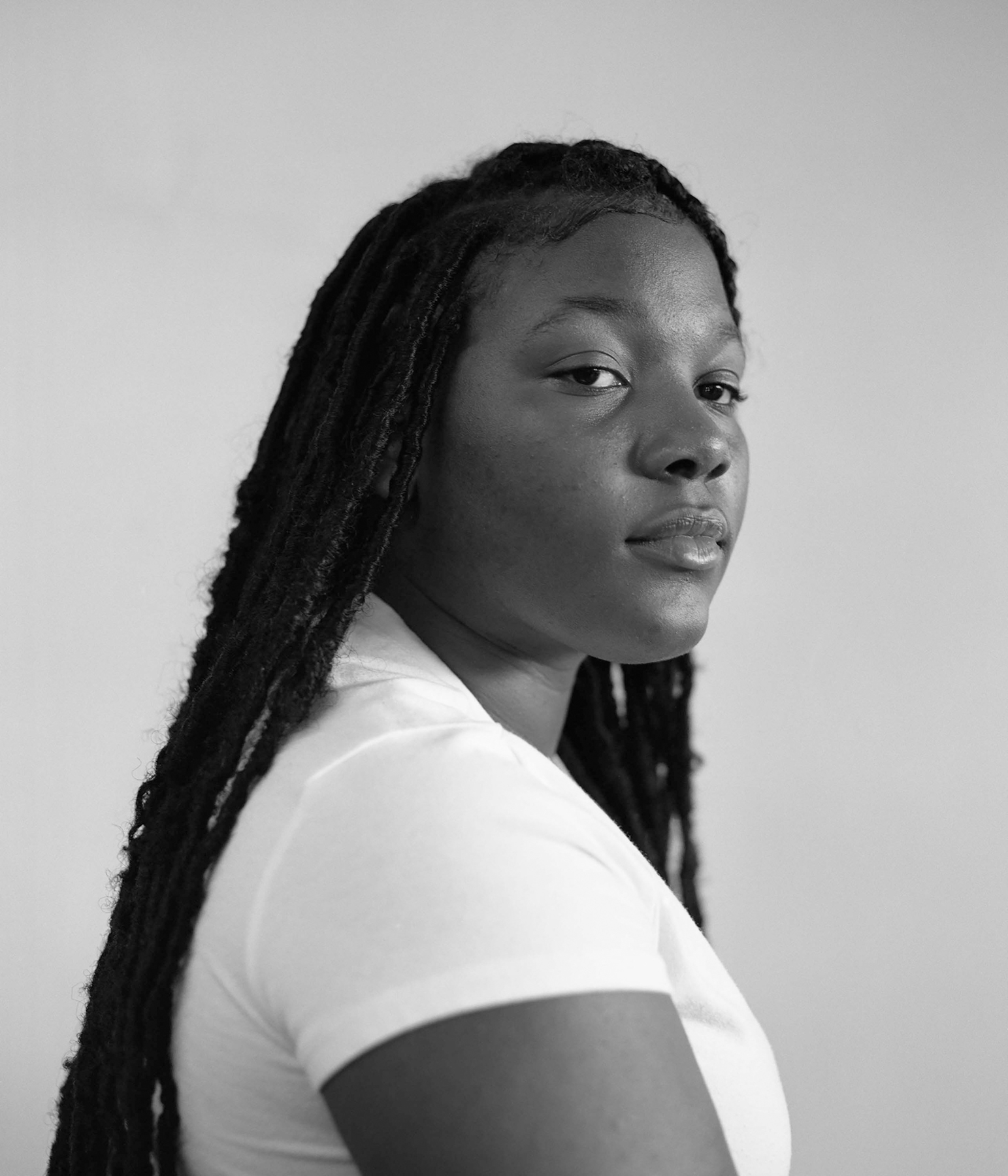
Portrait of Angel at Our Wilson – Our Wilson is a nonprofit organisation emphasised on youth mentoring programs located on the East side of town.
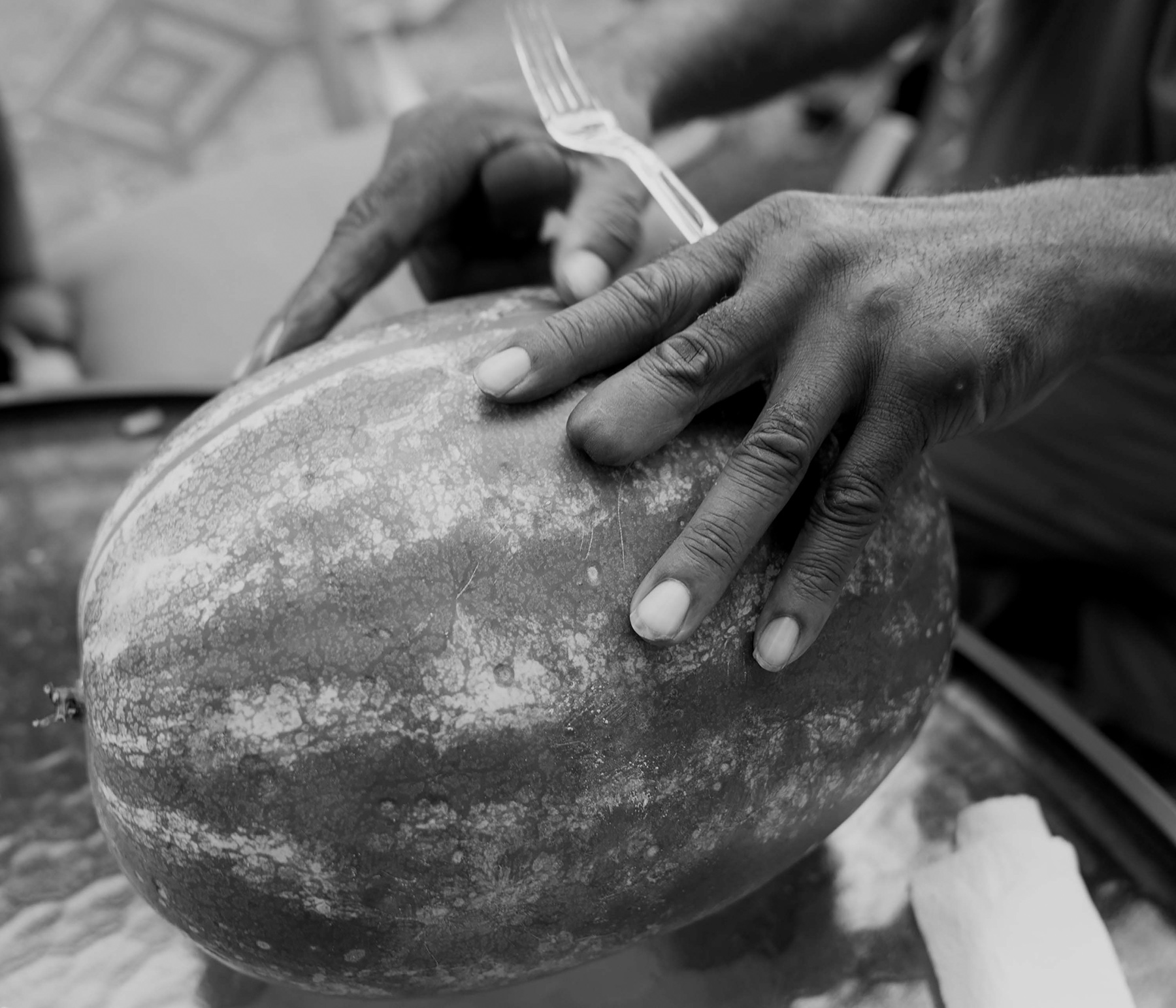
John Howard, war veteran born and raised in Wilson, NC. Here is John cutting watermelons at Castonoble Hooks 70th Birthday.
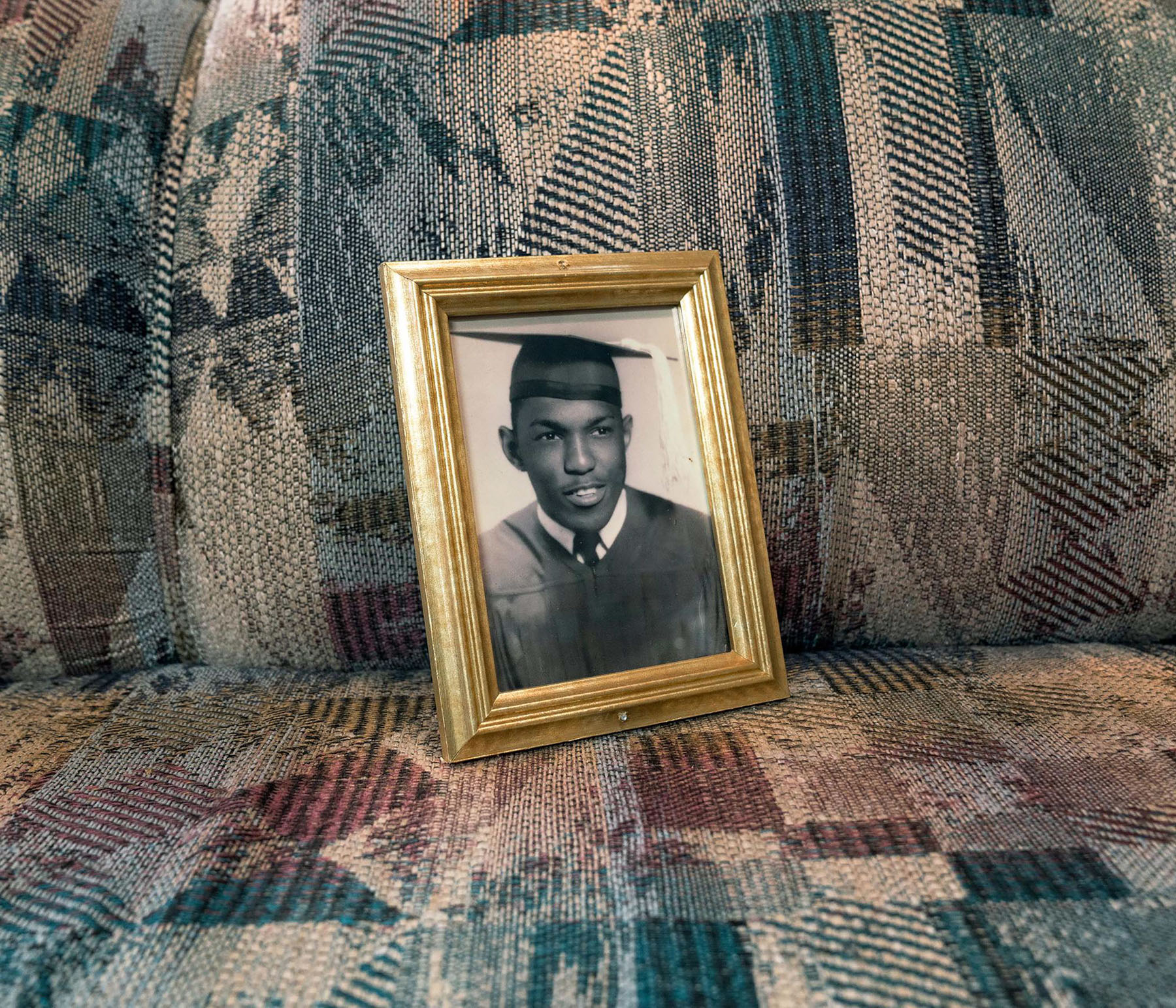
Lewis Neil after graduation day during times of segregation. A group of African-American students including Lewis had a separate graduation ceremony.
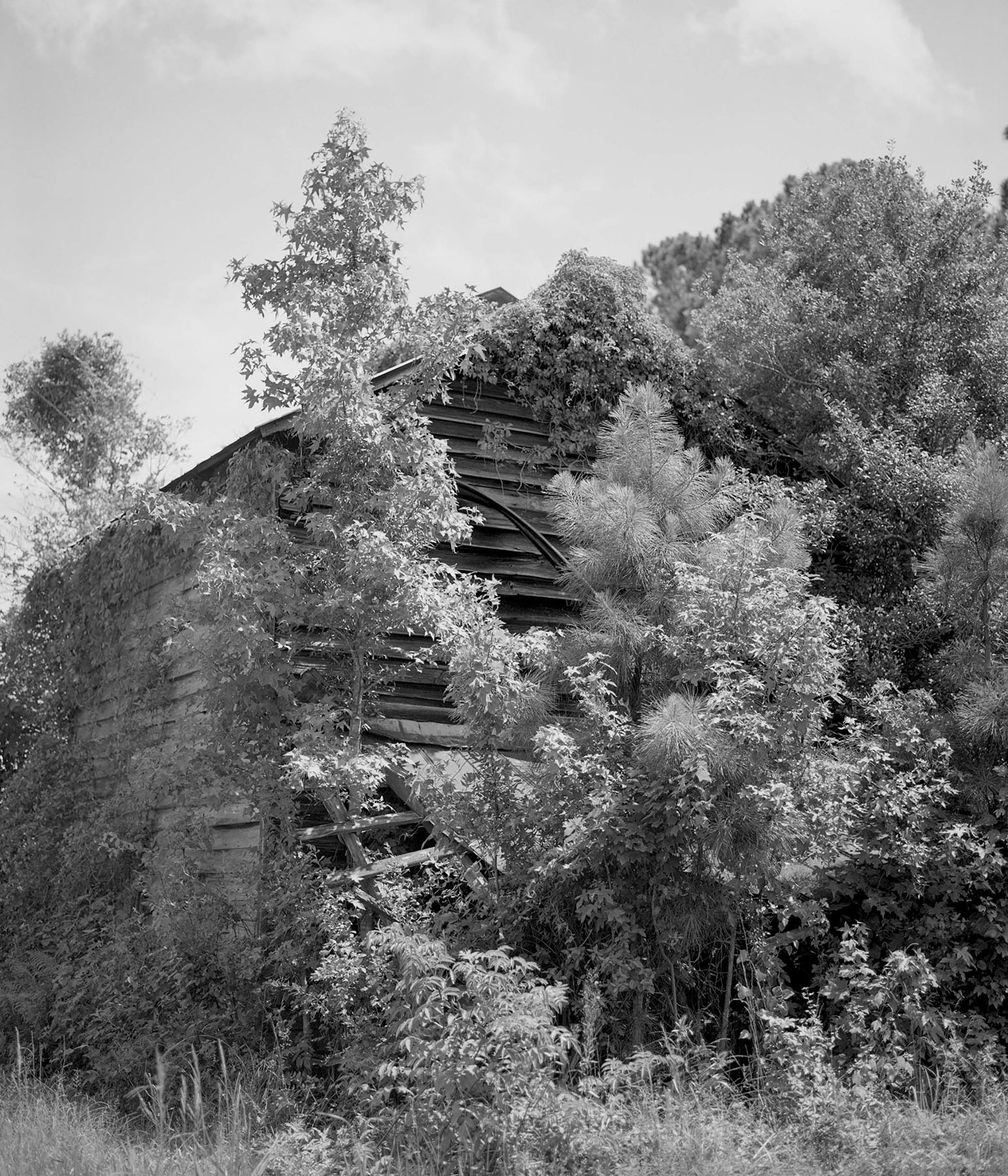
Elias Barnes, son of Jesse and Edith Jordan Barnes, was the brother of prominent farmer, politician and slaveholder. Barnes’ will included these provisions: – to wife Mahala Barnes and children Joshua Barnes, Elias Barnes and Willis Barnes $3584 “worth of my negro slaves” each (unnamed), and – to children Benjamin B. Barnes, John S. Barnes, Jesse Barnes, Edith Barnes, and William Barnes $2500 “worth of my negro slaves”.
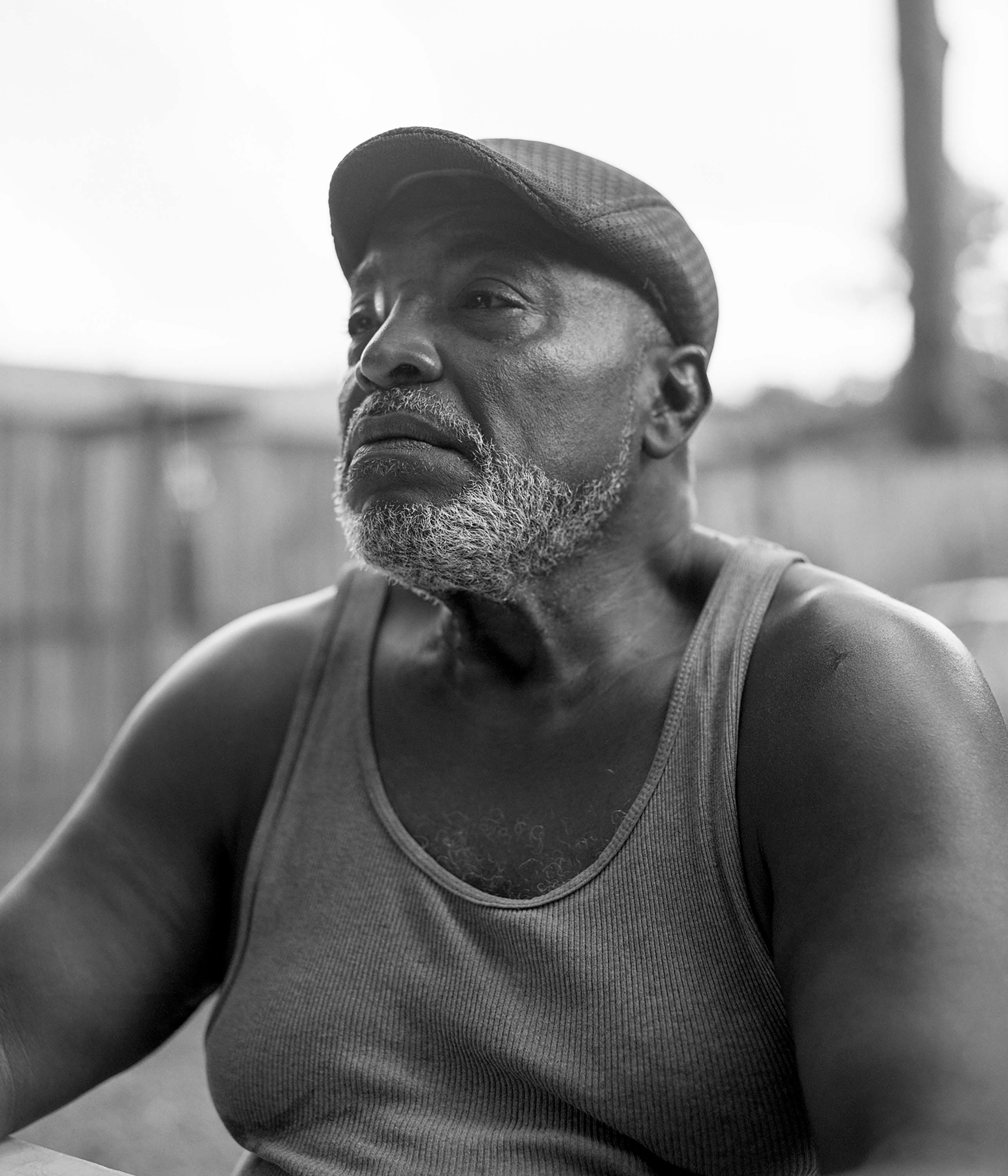
Born and raised in Wilson, NC. Ron Graduated from college during segregation times, being the first black student joining the wrestling team.
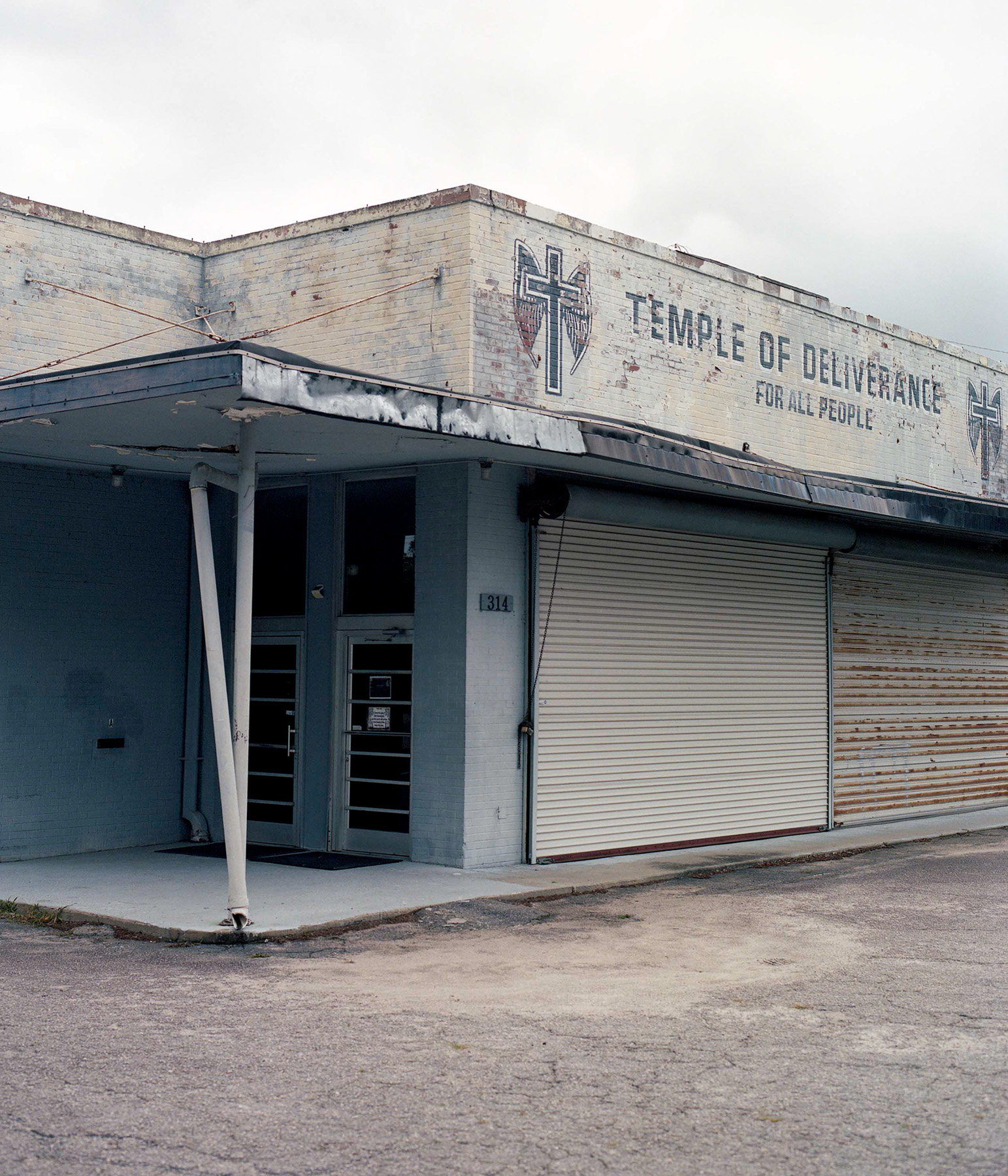
Another of the many churches in town. Church’s website about section reads as follows: – Our mission at Temple of Deliverance For All People is to uphold, promote and teach God’s Word in the Gospel of Jesus Christ. Through worship services, Bible studies, prayer meetings, and outreach programs; we desire to instill integrity in the people of God. It is our prayer that by doing so, we inspire people to become confident and productive members of the body of Christ and society.
